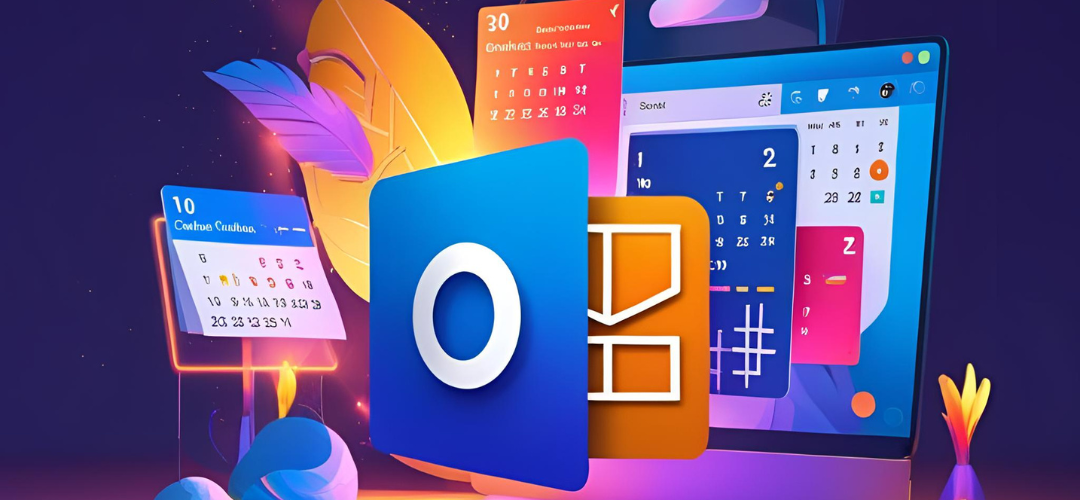If you rely heavily on calendars for scheduling and organization, you may have encountered frustrating delays in syncing your external calendars with Outlook. This is particularly common for calendars that are not native to Windows, such as those connected through iCloud. Users often report significant lags between making an update to an iCloud calendar and seeing that change reflected in Outlook. Thankfully, there are several strategies you can employ to encourage a quicker refresh of external calendars within Outlook.
Understanding Calendar Syncing in Outlook
Outlook is designed to integrate various calendar services, including iCloud, but it sometimes struggles with quick synchronization. The typical sync interval for these calendars can lead to delays of several minutes, or even longer, before changes made on one platform appear on another. This can be particularly problematic when you need timely updates for scheduled events.
Options to Force Sync
- Manual Refresh: The simplest way to encourage syncing is to perform a manual refresh. In Outlook, you can often refresh your inbox and calendars by pressing the F9 key or by clicking the “Send/Receive” tab and then selecting “Send/Receive All Folders.” This action prompts Outlook to immediately check for updates from your connected calendars, hopefully speeding up the process.
- Check Your Internet Connection: Sometimes, slow syncing can be attributed to a weak or unstable internet connection. Ensure that your device is connected to a reliable network. If you’re on Wi-Fi, consider testing your speed or switching to a wired connection if possible.
- Adjust Sync Settings: In some cases, adjusting the sync settings within Outlook can help. Go to your account settings, find the iCloud calendar settings, and check if there are options to adjust how frequently Outlook checks for updates. While many settings are predetermined, make sure you’re utilizing any available options.
- Re-add the Calendar: If you continue facing issues, you might try removing and re-adding your iCloud calendar in Outlook. This process can sometimes reset the sync process and resolve any underlying connectivity issues. Be sure to note any appointments or events before you do so.
- Use iCloud for Windows: Install the latest version of iCloud for Windows. This application enables you to sync your iCloud calendar directly to your Windows system, allowing it to integrate more seamlessly with Outlook. After installing, sign in to your iCloud account and ensure that the calendar sync feature is enabled.
- Explore Third-Party Tools: If you find that the sync issues persist and are significantly hampering your productivity, consider exploring third-party calendar management tools that promise faster and more reliable syncing between external calendars and Outlook. These tools can often provide additional features that enhance calendar management.
Conclusion
While syncing external calendars with Outlook can be cumbersome, utilizing the options above may help you achieve a more seamless experience. By mastering the manual refresh, ensuring a solid internet connection, adjusting sync settings, and potentially using specialized tools, you can minimize delays and enhance your productivity. Stay organized and keep your calendar updated without the headache of lagging changes!





Add comment